155mm Gun Motor Carriage M12
 Self Propelled Gun, 1942-44)
Self Propelled Gun, 1942-44)
USA - 100 built
The first heavy US SPG of WW2
The 155 mm Gun Motor Carriage M12 was a U.S. self-propelled gun mounting a 155 mm (6.1 inches) gun, derived from the French Canon de 155mm GPF field gun. Developed from the 1941 prototype T6 GMC, tested in early 1942, the Ordnance Department obtained an order for 50 units, followed by 50 more in 1943, based on the M3 Medum Tank chassis by Pressed Steel Car Company. Due to the gun being a WWI model, and limitations like the lack of on-board ammunition, the M12 was used abroad by six armored field artillery battalions from Normandy to the heart of Germany, but many others were retained in the US to train self-propelled gun crews until 1945.Design development: The 155 mm GPF in US Service
The idea of bringing heavy firepower on the battlefield went back to WW1 and railway carriages. Bringing heavy ordnance directly behind the battlefield lines by its own power was only possible by using tractors. Only Britain innovated with its Gun carrier Mark I created a first operational self propelled gun, which is an ordnance mounted on a tracked, armoured vehicle, in that case, a 60-pounder on a Mark I chassis. Introduced in 1917, 50 were built.Since then both the French and Russians experimented with tracked mounts to move around heavy ordnance as well.
Among those French guns was the 155 mm "Grande Puissance Filloux" created by military engineer Colonel L. J. F. Filloux for the needs of the French Army, having in 1914 a great void passed the mass-produced "75" (3-inches), French standard field gun. A great effort was made to compensate that massive gap in heavy artillery, generously filled on the German side.
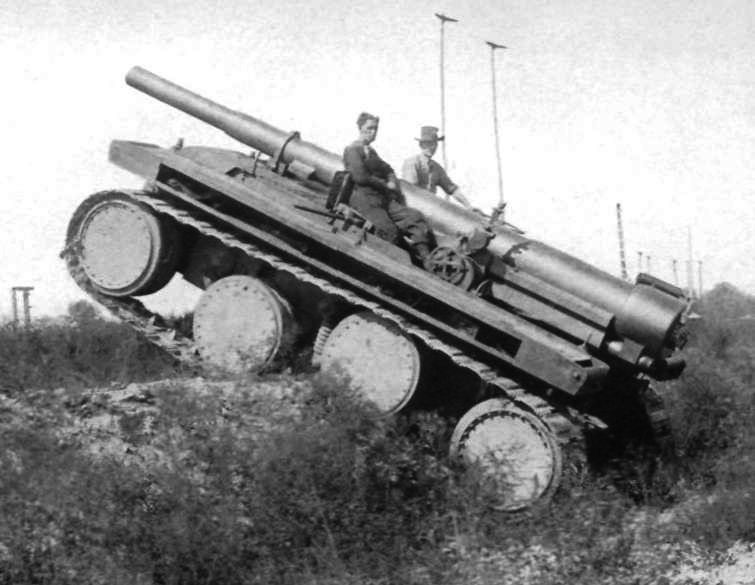
The 155 mm gun M1918 tested on a Christie chassis.
The GPF proved the greatest success of French artillery after the "75" which felt its age. The design became the standard French heavy field gun in 1917-18. Produced by Atelier de Puteaux (APX), Renault and Atelier de Bourges (ABS) it was soon also adopted by American Expeditionary Force as its own standard long-range artillery piece. The GPF was still in service in the French army in May-June 1940, with some 450 guns operational. Captured, many saw action as well with the Wehrmacht as the 15,5 cm K 418(f) and 15,5 cm K 419(f), from Africa to Normandy.
Development of the M12 Self-Propelled gun
A stock of 155 mm guns usable.
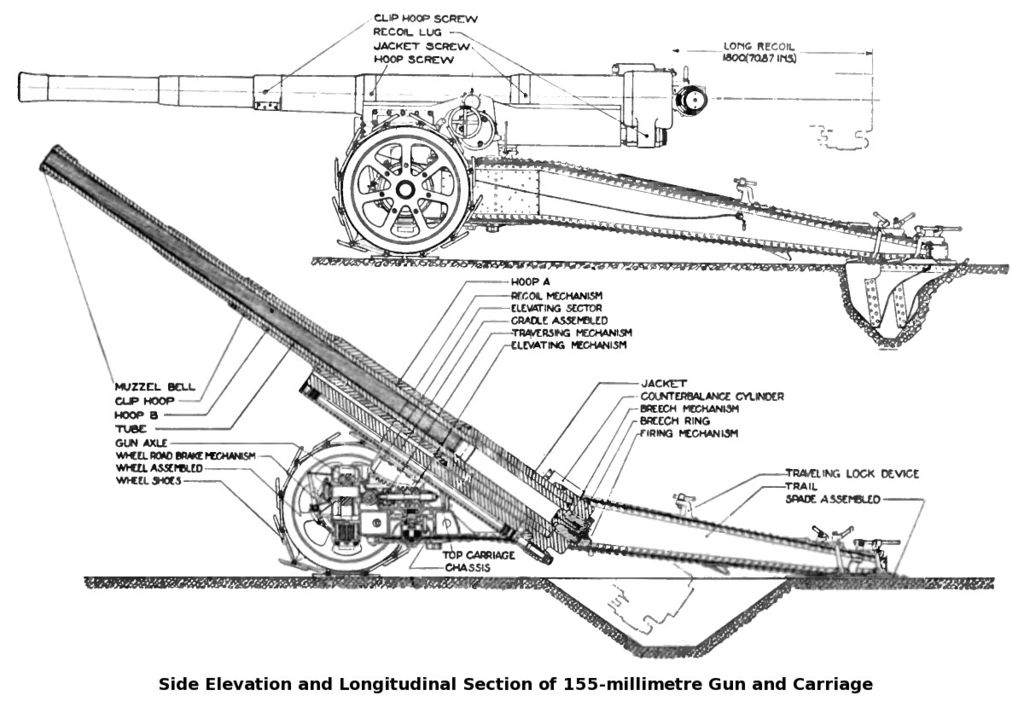
Schematics of the 155 mm GPF
In 1941, the US Army did not renews much its artillery park and still possessed a healthy number of vintage 155 mm GPF in its inventory, adaptations of the French design built in the US in 1917-18: The 155 mm gun M1917, M1917A1 and M1918 M1. The earlier series were used for coastal defense on American shores as well as in the Philippines and Australia. They were used in towed form, seeing action the Philippines (as in the Corregidor's fortifications), at Guadalcanal and in the North African campaign, in fact until the "Long Tom" was available in numbers.
Both the US Army and Marine Corps had their M1918 guns reformed when the M1A1 "Long Tom" was adopted by mid-1942. The M1918 however, the last and best evolution of the 1916-designed ordnance, was available to be tried in an alternative a mobile configuration. Until then, this ordnance was alway used in a towed configuration, notably using various tactors such as the M5 Tractor.
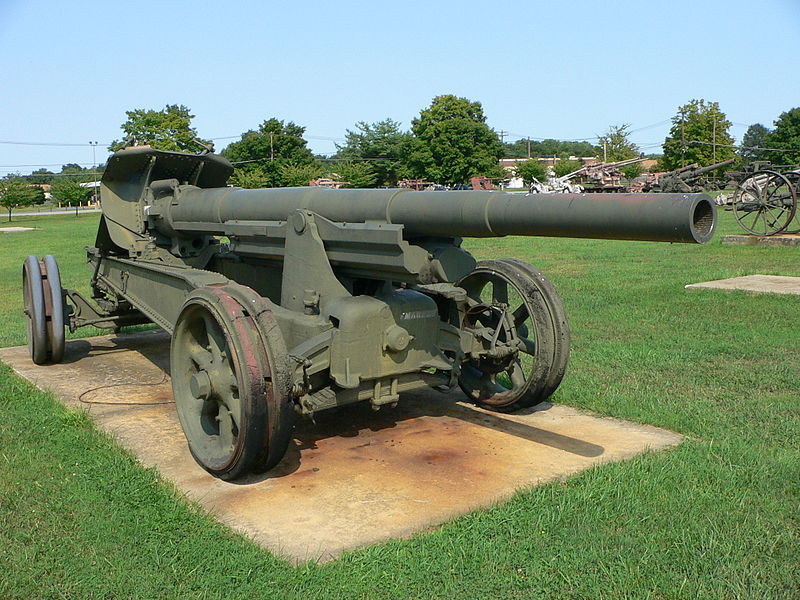
155 mm GPF at aberdeen
Self-propelled gun tests were already done back in 1919 in the US, when ten Gun Motor Carriage Mk.II SPGs were built, with the M1917 gun, mounted on an unarmoured Holt tractor chassis. Next, the modernized Gun Motor Carriage Mk.IX was tested in 1925. However an isolationist policy meant radical budget cuts which ended these experiments for 15 years. In addition, the conservative head of staff opposed in the artillery branch opposed such moves. One of their arguments, aside cost, was these made visible targets, more difficult to camouflage.
Development of the T6 GMC
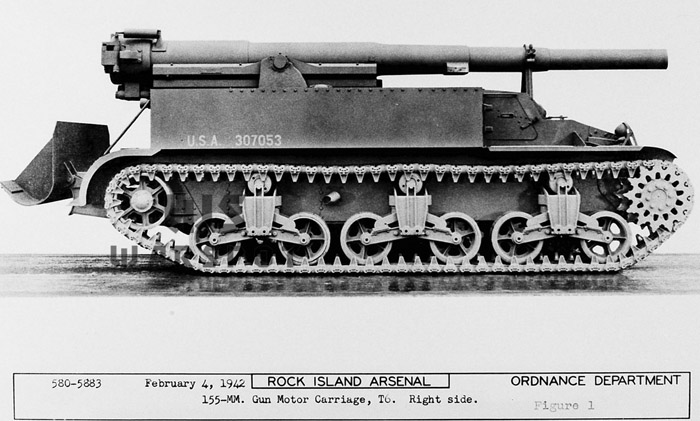
T6 GMC testing
The idea of placing the artillery piece on a tracked chassis was first born in 1941 and proposed to the US Ordnance bureau, however factories were already busy delivering M3 Medium Tanks for lend-lease use and fill the rapidly growing needs of the US Army, having little chassis to spare for such an experiment. Conversions in late 1941 of the M3 half-track already, using various field guns and anti-tank guns, shown it was possible, and both the British and Canadians started to develop their own self-propelled guns, the British soon fielding their own "Bishop".
It's in June 1941 only that the Ordnance Department ordered a prototype of the T6 to be built at the Rock Island Arsenal, completed in February 1942 and extensivelly trialled at the Aberdeen Proving Grounds.
It's only when the new M4 tank occupied the factories lines, that late-production surplus M3 Medium Tanks "Lee/Grant" chassis became available for modifications and adaptations. The T6 GMC tested in February-March 1942 meanwhile generated ample reports advocating the adoption of this solution. The Army Ground Forces however initially rejected the design, for the same reasons as before, it was unnecessary since towed versions already existed. However the Artillery Board's "young top brass" made the balance tip on their side and supported the Ordnance Department, both later advocating (and obtaineding) an order for 50 units. Production was launched at Pressed Steel Car Company, which just built a dedicated mount, cradle and fittings as well as the superstructures around, from the basis of the late M3 Grant chassis. It was accepted by the US Army as the 155 mm Gun Motor Carriage, M12.
The remainder were at least authorized and built by March 1943, almost a year after the T6 GMC was first trialled. These vehicles were at first used for training as tactic was still on development, but both British and Canadian use of SPGs started to generate reports.
Design of the M12 GMC
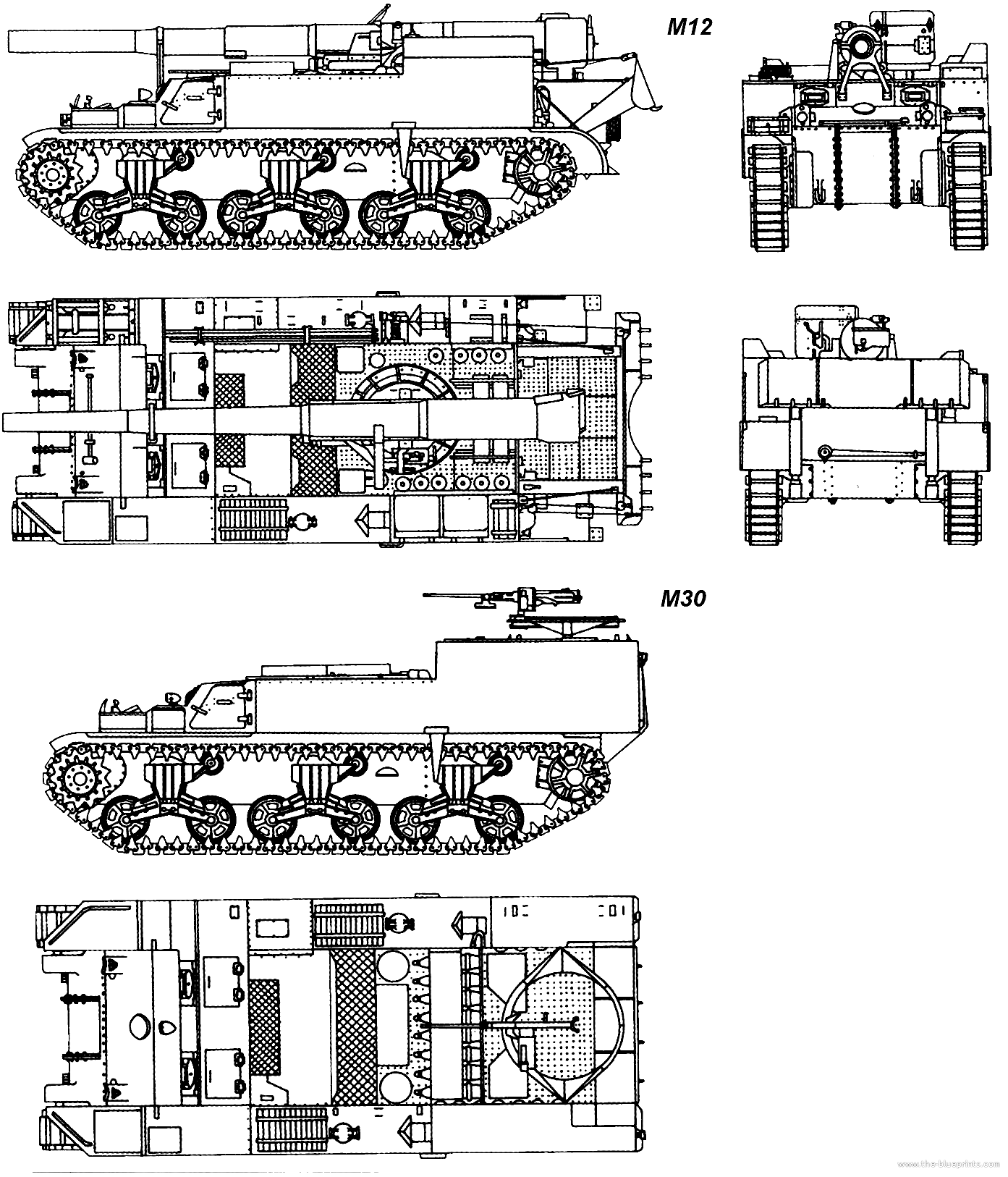
We will not dwelve into the design of the M3 Medium Tank (Lee/Grant). Its front was bolted into three sections, and practically the whole chassis, wheeltrain, suspensions, lower hull, and powerpack, were left unchanged. The T6 was initially propelled by a Wright, and later Continental R975-C1. The layout changed however greatly: Due to the recoil and elevation of the 155mm M1918, the entire power unit was to ebe relocated from the rear to the middle, in order to fit the massive gun (the front still housed the massive transmission). Fuel tanks were also moved also in the center. This made the drive unconfortably located between a transmission, its back to the engine, and surrounded by fuel tanks.
Armament wise, the T6 and first batch of 5 received the old M1917A1 gun, direct copy of the French GPF, but modified later on the M1918M1 standard. It possessed limited traverse of 14 degrees left or right (so 30° total), allowing to fix the vehicle in place and still given the range, having some leeway in ballistic range. Elevation range from −5 to +30 degreesy. Aiming was manual with the M53 telescope for direct fire and the M6 panoramic sight, as well as the indirect fire M1918A1 artillery clinometer, all positioned to the left of the gun where the gunner was seated.
Operation of the gun were only partly made from the open fighting compartment, the gun mount surrounded by large boxy structures containing utility payloads, a generator to power the gun mount, tooling but no ammunition at all. The size of the gun forced however the crew to dismount to reload, working from outside, behind the tank, which was facilitated by the presence of the large spade, rear of the fighting compartment, which doubled as a hydraulically operated deployable trail and "stair". To further stabilize the vehicle when firing, clogs could be lowered into the ground. Trail and clogs absorbed also a part of the recoil.
Tests performed on the T6 and initial M12 serie soon showed serious issues with this system, notably the trail's hydraulic drive. After only several shots, the hydraulic cylinders deformed and as it was now impossible to lift anymore the trail, the vehicle became stuck, a sitting duck to counter-battery fire. Engineers were tasked to rapidly alter the design of the hydraulic drive, as well as parts of the trail. After these fixes, trials at Fort Bragg ended positively. The M3 powerful engine was even less taxed than for the standard M3 and the SPG performances appeared superior to other systems for top speed, agility as mobility. The relative ergonomics of the gun mount and chassis installation allowed to fire quicky after reaching firing position, clearly a plus for mobile artillery formations.
The M12's ammunitions comprised separate propellant rounds, the following:
- HE M101 (42.96 kg), standard high explosive shell, max range 18,400 m.
- APCBC M112B1 (45.36 kg), armor-piercing, 60° 127 mm penetration from 500 yds, 119 mm/1000 yards.
- WP M104 (44.53 kg) which was a chemical shell, also able to disperse smoke for an assault.
Production
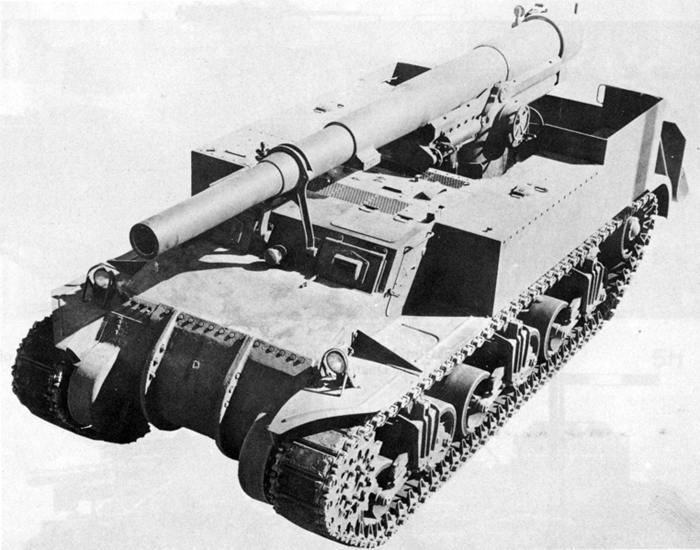
After the T6 in February-March 1942, the first production order was confirmed in July 1942, and a single preserie vehicle was delivered in September 1942 by Pressed Steel Car Company. It was tested by the factory to fix many issues for a larger production. In October 1937, the major part of the order for 50 was delivered, 37 leaving the factory floor. In fact when it happened, the M12 was still not officially standardized.
Next in November 1942, 12 more were delivered, to reach the 50 desired of the first batch in an "operational testing" in North Africa. Meanwhile, redesigns led to improve the vehicle which production restarted in December 1942, based on a confirmation of the August 1942 order (10 delivered) and fully modified in January (16), February (19) and March (5) cut short by the introduction of the more modern M40 Gun Motor Carriage based on the M4A3 Sherman chassis. They were all stored for a full year after production (until February 1944). Only a fraction was kept for training.
1944 Baldwin Locomotive Works modernization
In December 1943, it was decided to modernized seventy-five of these M12s in storage (the rest already worn-out by training and testing). The Army wanted six artillery battalions using the M12, spread into three four-gun batteries each and an extra three in reserve. Modernization stated however only from February 1944, at the Baldwin Locomotive Works:- Replacement of the bogeys with M4 bogeys with reinforced springs.
- Installation of a new trail with a hand-cranked winch*
- Batteries moved to the front of the right sponson, lengthened.
- Assistant driver's hatch removed.
- 19 mm armour plates installed around the sights and crew's left seats
- Extra ammunition rack (10 rounds)
- Tarp to cover the fighting compartment**.
**In practice, this tarp was not used often. Wehen deployed, it turned into a "gas chamber" when the engine was faulty and the crews preferred to create their own safer tents.
Scores of modernizations were performed. Two seated crew member on the march were judged too exposed and during the modernization, their positions were protected by added armor plates, 19 mm thick.
The M30 supply vehicle
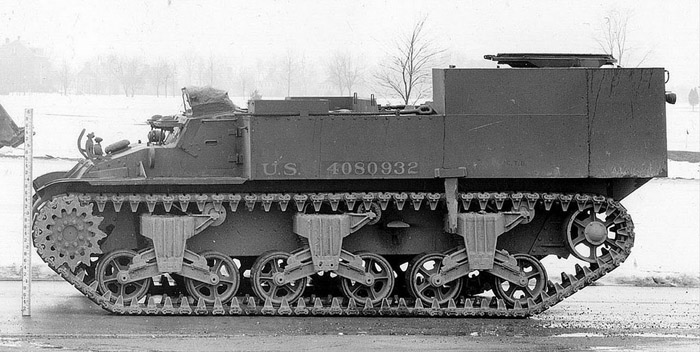
It was recoignised early on that due to the large shells and their separate charge, onboard ammunition storage would be fairly limited. Although it was still possible to send there 4x4 or 6x6 softskin trucks, it was found preferrable by the Field Artillery Commission to field a vehicle with similar modifications, but devoted entirely to carry ammunition and rest of the crew if needed. Decision to proceed was made in March 1942 and the SPG became the basis of design, called T14.
This called for a conversion of the prototype T6, tested in September 1942 at Erie. By October 1942, Pressed Steel Car Co. started work on production of the first batch of 50 M30 carriers. production numbers diverged widely, and up to 81 were built according to the 75 M16 modernized before the landing in Normandy. Its standardized named was referred to as "Cargo Carrier M30". Broadly similar, all the fitting devoted to carry the mount and gun, its batteries and sights were removed. In place, the large central section was reconfigured to carry rounds.
40 rounds were carried in racks with the propellant kept in the right sponson, behind the fuel tank and in two containers on the floor, the rest located in the left sponson (21 charges) and fuses, much smaller, carried in separate boxes. In all the vehicle carried 2.5 tons of ammunition and had seating for six. For defense, it was fitted with a ring mount aft, equipped with a standard M2 Browning heavy machine gun. Since the M16 was not armed at all for protection, M30 were found to protect both vehicles when deployed.
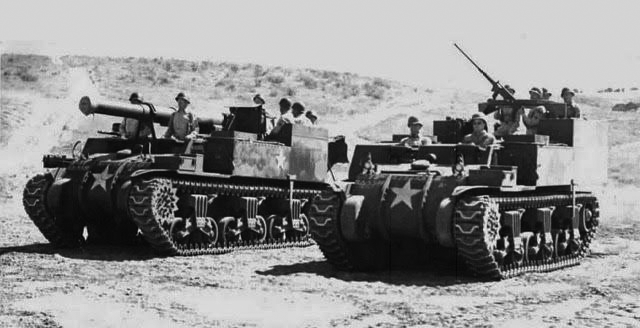
Active service
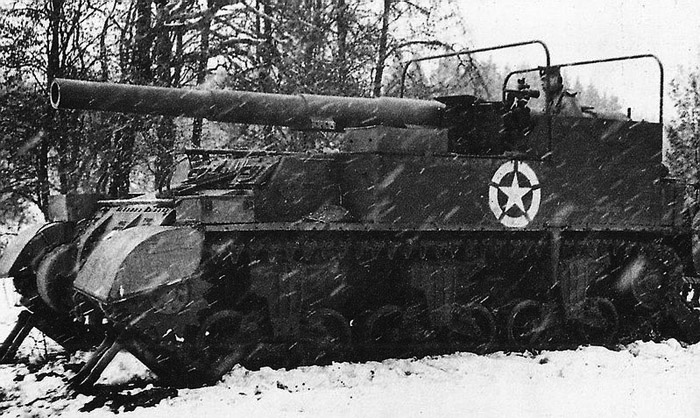
M12 in the winter 1944-45.
The first production M12 never left American soil. it stayed at the factory and transited to Aberdeen for additional trials, and improvements. The next batch was also retained for crew training. The rest was not sent to avctive units but rather to the warehouse. The Command wanted to finish training personnel before deployment. Mothballed, like the rest of the production, they collected dust mostly, until reports of the successes encounteres on the Russioan front by Soviet SPGs had the top brass changing bracket and resurrect the M12. From February 1944 they were dusted out and prepared, until the first of 74 were shipped to Baldwin Locomotive Works, to be improved based on tests and training reports of 1943. This refitting went on until May 1944.
However by that time, the M12 still felt its age. It chassis was now obsolete, as the new M4 chassis formed a better base, and indeed spawned a new range of self-propelled guns: The M40 Gun Motor Carriage (with the "Long Tom"), with 311 delivered or the M43 Howitzer Motor Carriage with a 8-in gun (24) in 1945, seeing action on Korea.
The 155mm Gun Motor Carriage M12 neverthless, once reconditioned, served with distinction as an infantry-support weapon, and throughout 1944, until early 1945 it saw use in direct fire as a bunker-buster during the assault on the Siegfried Line.

“Choo-Choo-Bamâ” covering Patton's 3rd army during their assault on Echternath, luxemburg Feb 45. Note the washup snow on the hull (Tankograd pub. via pinterest)
After Normandy, the falaise pocket, the M12 soldiered on until the German border in the winter of 1944-45, took part in the battle of the bulge and allied penetration in southern Germany and Luxemburg. They soldiered on in Western Europe until May 1945. Retired and made sub-standard, replaced by the M30, they were broken up, never seeing action again unlike their sucessors. The M12 was soon nicknamed the "Door Knocker" due to its action on the German Siegfried Line.
M12 GMC specifications | |
| Dimensions (L-w-H) | 6.7 x 2.67 x 2.83 m (22ft 2in x 8ft 9in x 9ft 5in) |
| Total weight, battle ready | 27 metric tons (59,000 lbs) |
| Crew | 6 (commander, driver, gunner, 3 loaders) |
| Propulsion | Wright R975 C1 350 hp (260 kW)/2,400 rpm, 13.06 hp/metric ton |
| Top speed | Road: 21–24 miles per hour (34–39 km/h) |
| Suspensions | Vertical volute springs (VVSS) |
| Range | 140 miles (230 km) |
| Armament | 155 mm (6.1 in) M1917/M1918/M1918M1, Mount M4 |
| Armor | 0.5–2 inches (13–51 mm) |
Links/Books about the M12
warspot.net/465-gmc-m12-king-kong-on-trackstankarchives.ca/2018/06/gmc-m12-king-kong-on-tracks
tankarchives.ca/2021/11/big-self-propelled-caliber
the.shadock.free.fr/Surviving_Tank-based_GMC
On afvdb.50megs.com
In AAachen, direct fire (laststandonzombieisland.com)
David Doyle, M12 GMC
laxin.net/558thfab
wiki M12 GMC
wiki 155mm GPF
Italeri kit
Academy kit
"death serenade", Normandy june 44
Illustrations
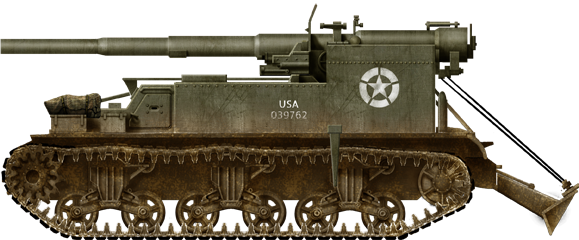
M12, unknown unit, Normandy June 1944
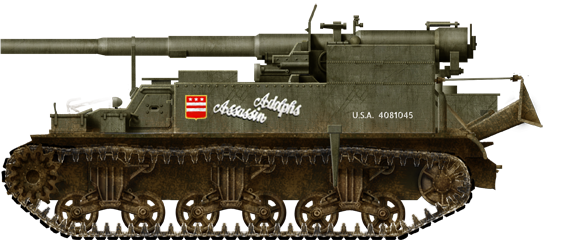
M12 "Adolph's Assassin" in road configuration, Sept. 1944
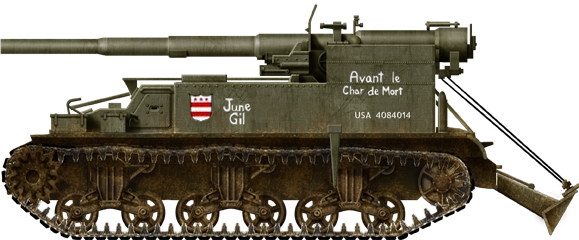
M12 "June Jil/Avant le char de mort"
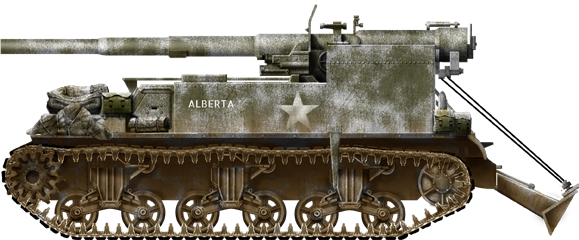
M12, 3rd army, Belgium Winter 1944-45.
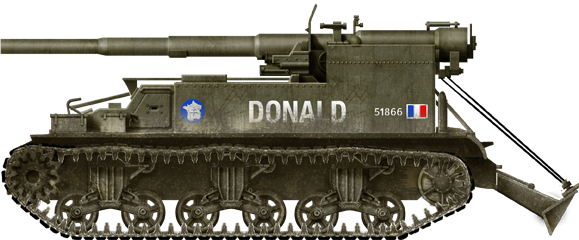
M12 "donald", Free French 1st army, Bavaria, April 1945
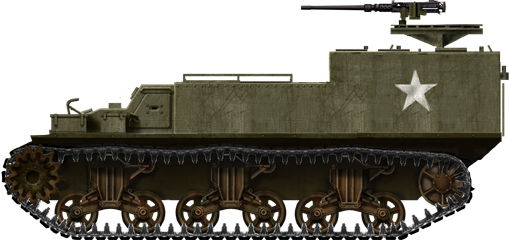
M30 supply vehicle
Photos
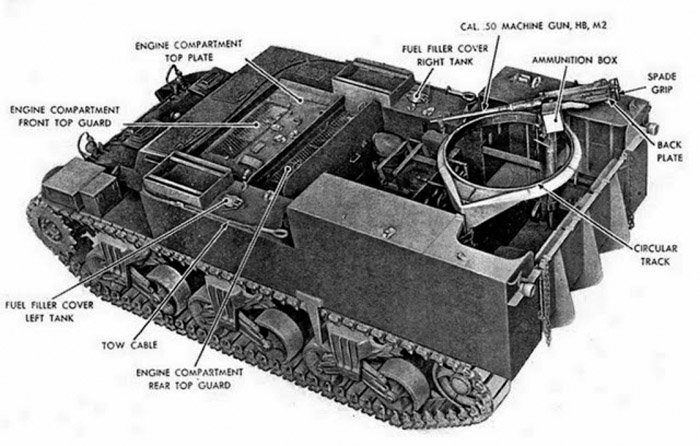
M30 supply vehicle, ONI description
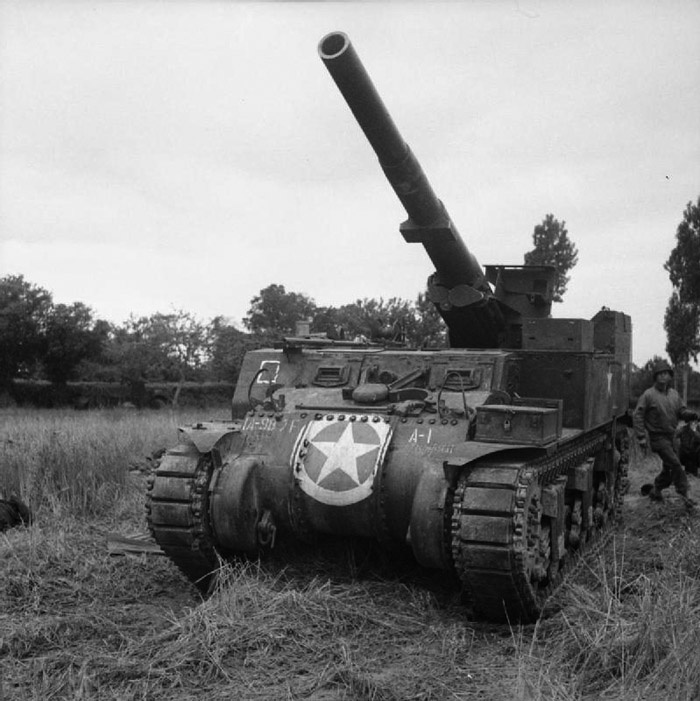
Campaign of Normandy June-July 1944, maximal elevation
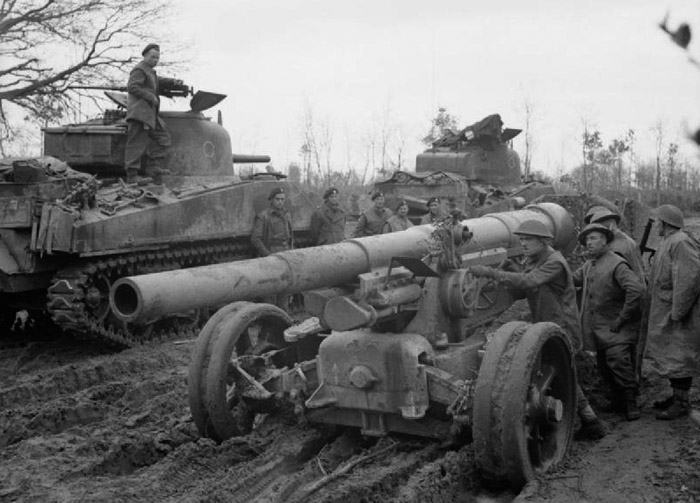
155 mm M1918 used by the British Army in Italy, winter 1944-45
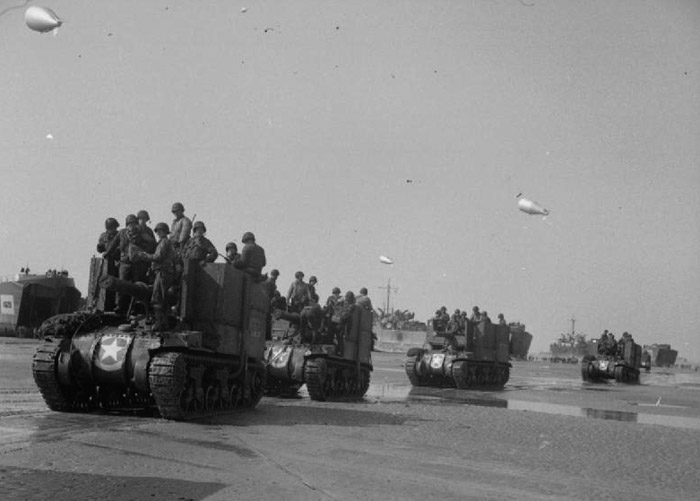
M12 GMCs on the beaches of Normandy, France June 1944
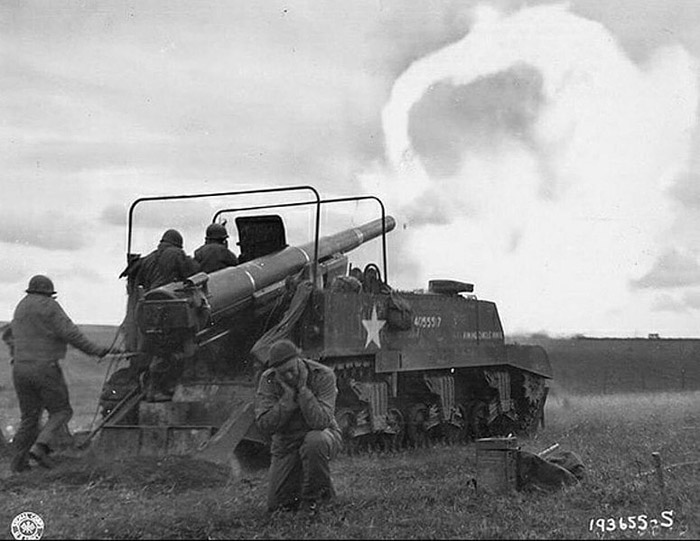
155mm GMC in France 1944, firing on German positions during Operation Cobra
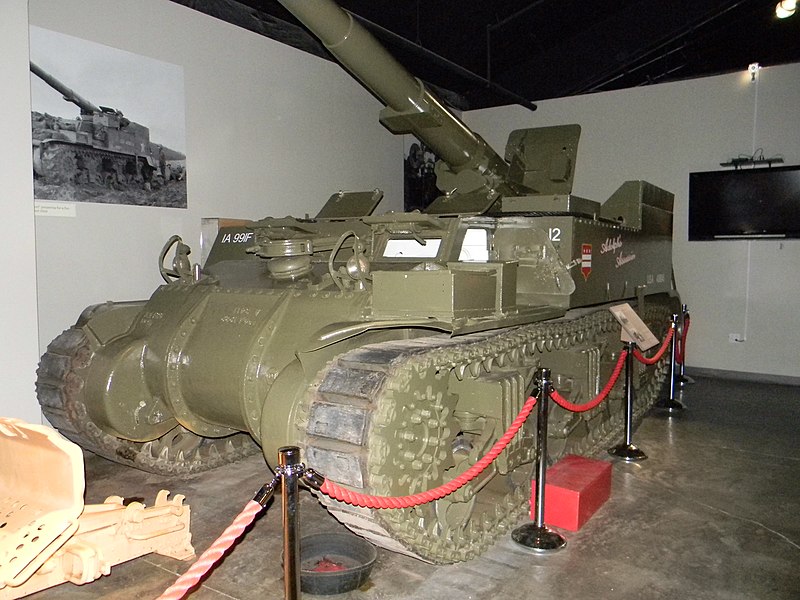
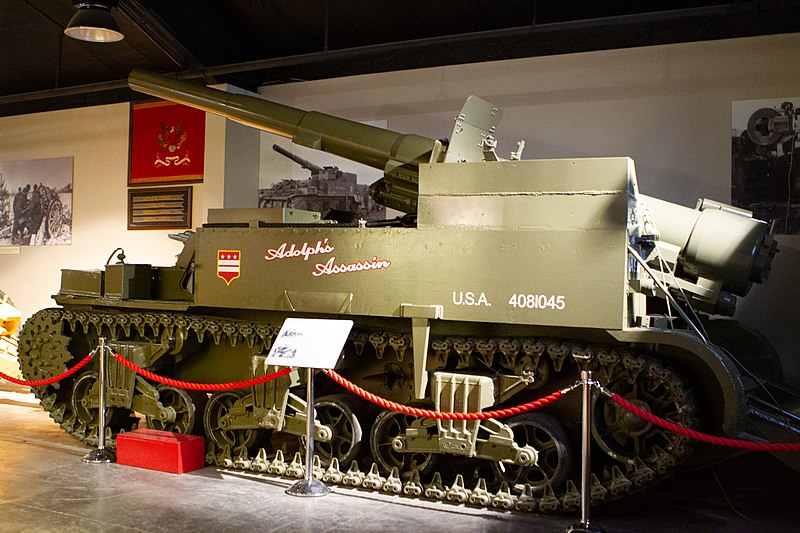
Museum preserved M12 "Adolph's assassin"
ONI photos
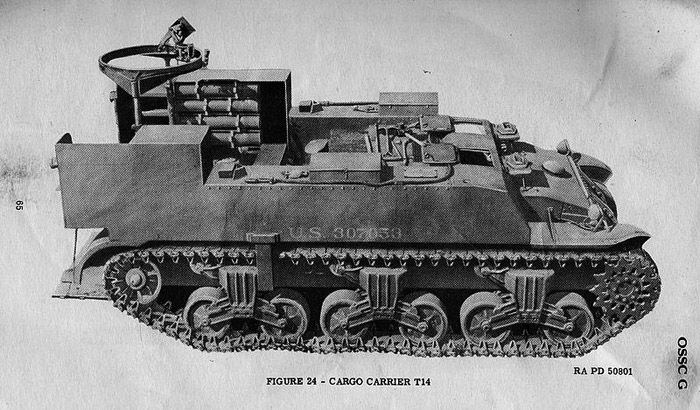
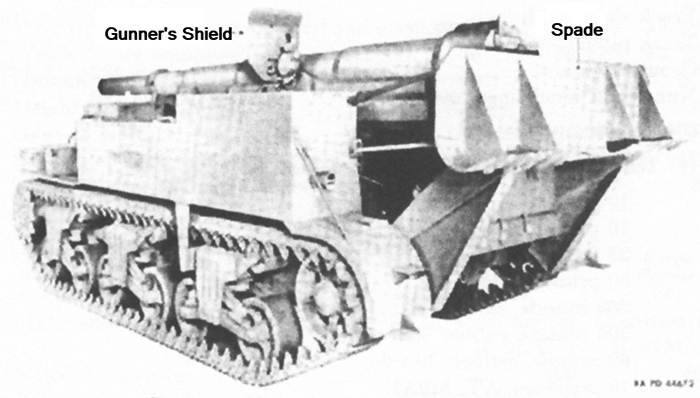
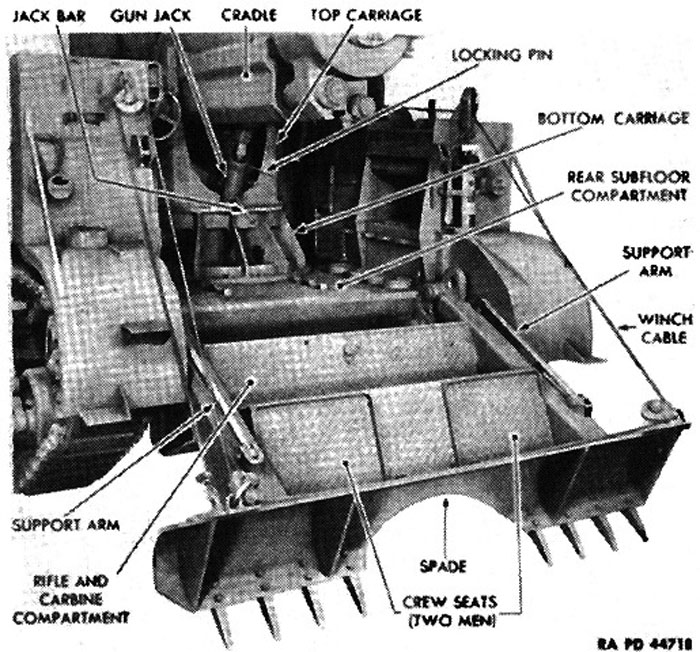
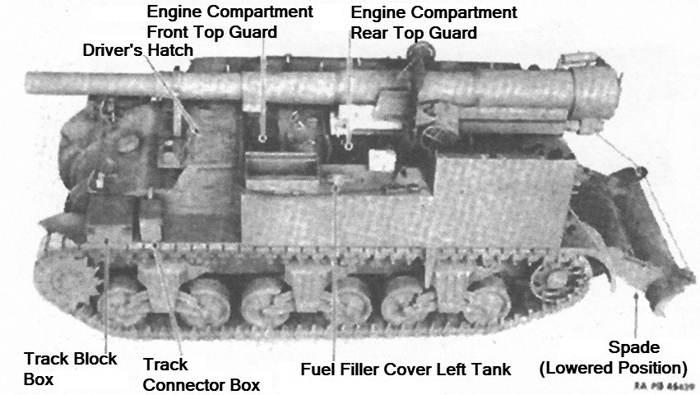
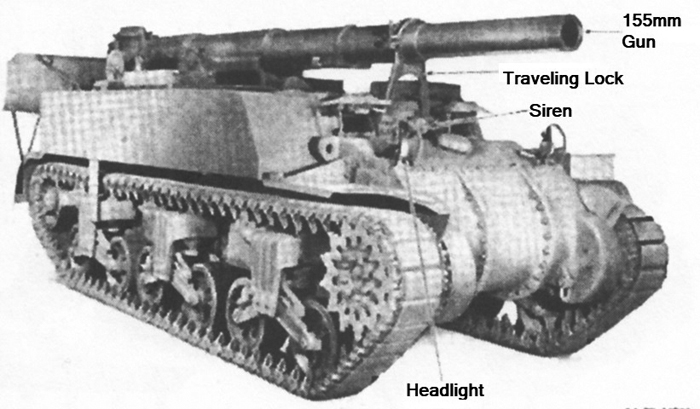
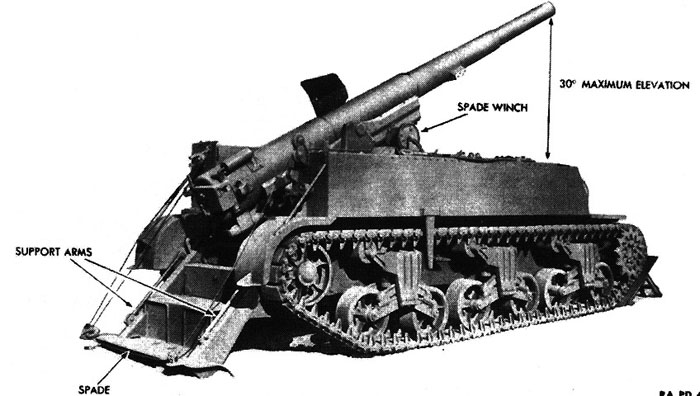
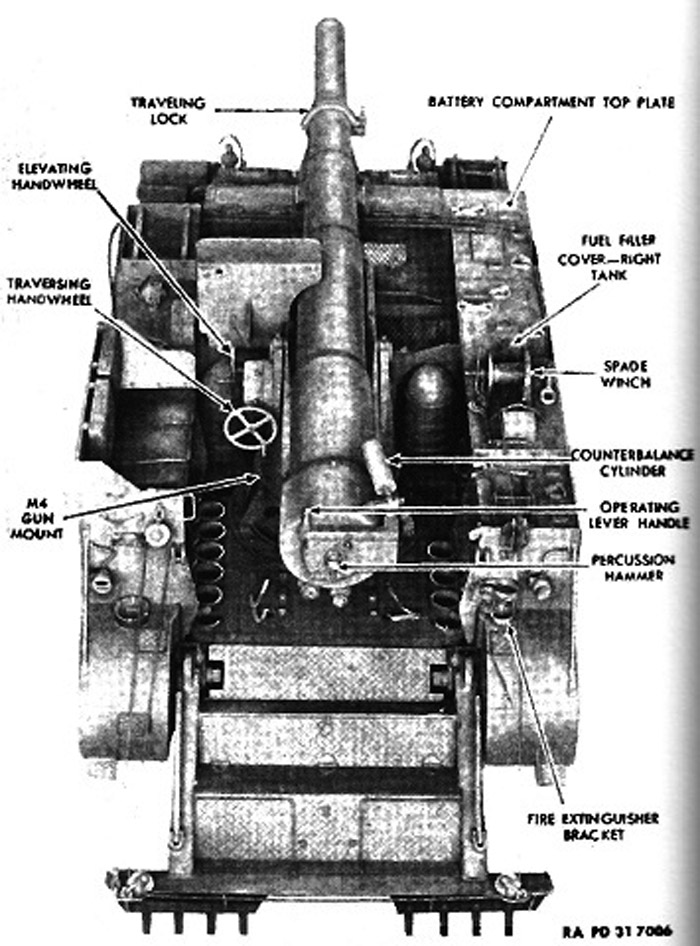
Images: "TM 9-751 155-mm Gun Motor Carriage M12 and Cargo Carrier M30".

WW2 Tanks




























WW2 tanks posters

All Tiger tanks liveries.

Panther liveries and variants

WW2 Armour - All tanks











Tanks aces and single tanks series

Find more there

Museums, Movies, Books & Games
The Tanks and Armor in pop culture
Tanks and armored vehicles in general are only really grasped when seen first person: The mass, the scale, it's all there. Explore also the way tanks were covered in the movie industry, in books and in video games.Movies:
Best tanks movie on warhistoryonline.com
On imdb.com
On bestsimilar.com/
miltours.com
liveabout.com/
watchmojo.com
Video Games:
pcgamesn.com
historyhit.com
levvvel.com
vg247.com/best-tank-games
mmobomb.com/
alienwarearena.com
